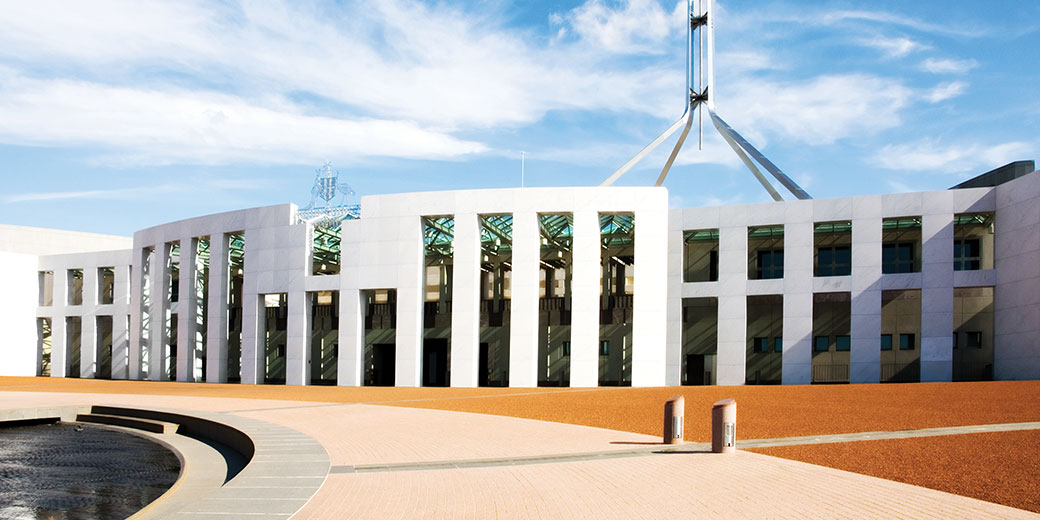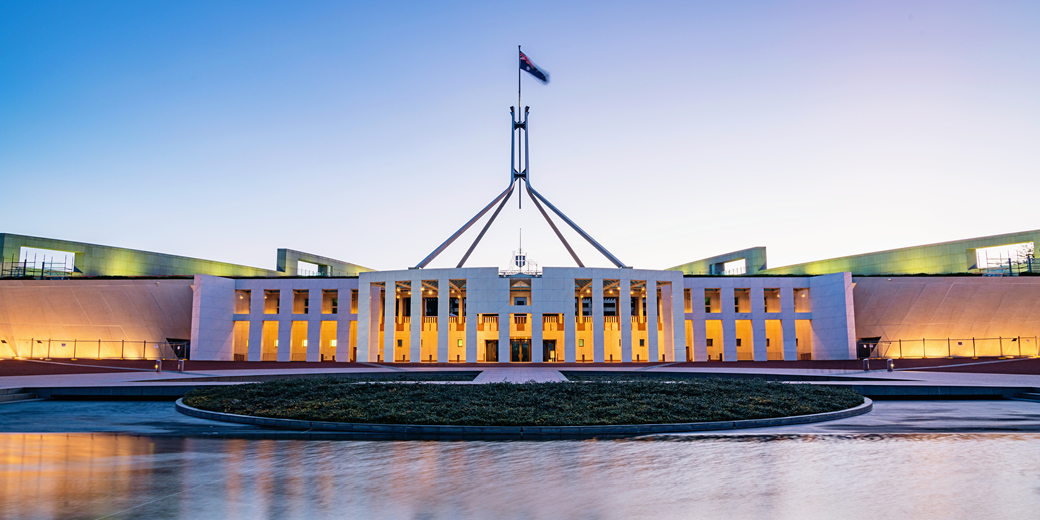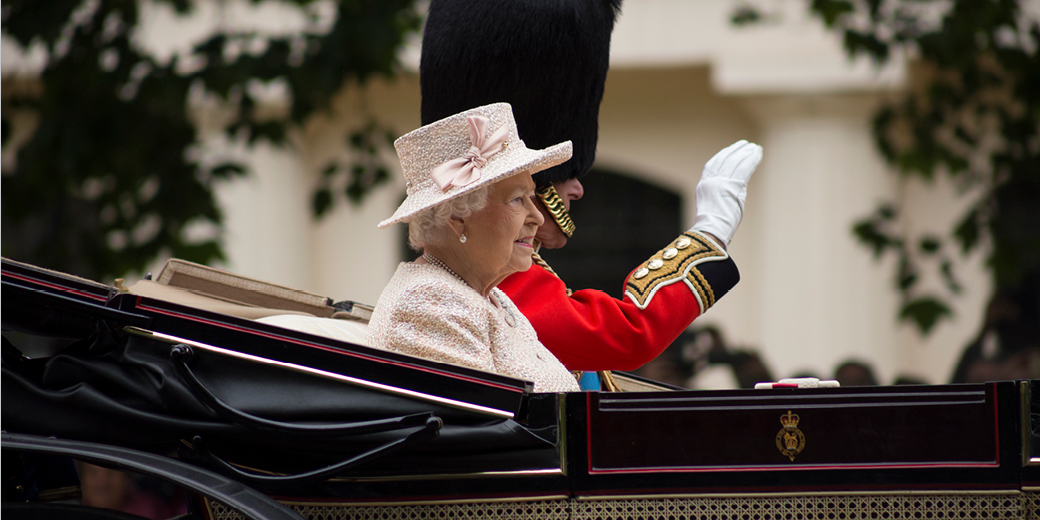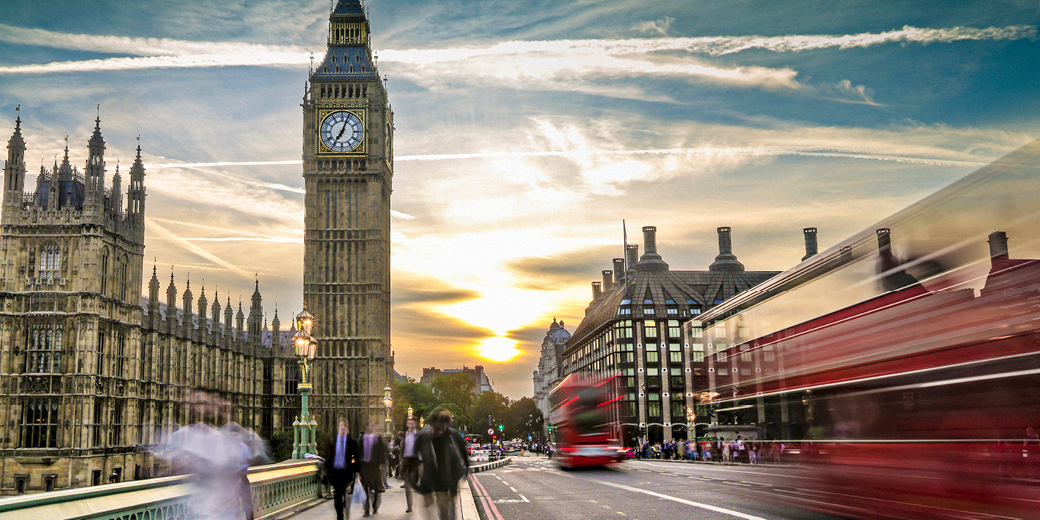April 25 each year our nation pauses to remember the courage and sacrifice displayed by the ANZAC forces at Gallipoli. Here we delve into eight facts about ANZAC Day.
- In 1916, 25 April was officially named Anzac Day.
In 1916, the seeds of a national tradition were sown when 25 April was officially designated as Anzac Day.
Prior to this, various dates saw commemorative services across Australia. However, the Australian government, recognising the growing national significance of the Gallipoli campaign, officially designated April 25 as "Anzac Day."
This decision not only enshrined the date in national memory but also ensured a collective acknowledgement of the sacrifices made by the ANZAC troops. Interestingly, the push for a national day of remembrance is credited to journalist Charles Bean, a war correspondent who powerfully documented the ANZAC landing. His advocacy played a pivotal role in shaping ANZAC Day into the solemn and significant occasion it is today.
- There is no town called “Gallipoli.”
Gallipoli, though not a town itself, refers to a peninsula in modern-day Turkey that was strategically important during the war. The Allied forces, including Australians and New Zealanders, landed there in 1915 with the aim of capturing Constantinople (Istanbul) but faced fierce resistance from the Ottomans. Though a military failure, the Gallipoli Campaign became a defining moment for these nations, symbolising bravery and resilience. Today, Gallipoli is a place of remembrance with war memorials and cemeteries honoring soldiers on both sides of the conflict.
- The site where the Anzacs landed at Gallipoli was renamed Anzac Cove.
The initial landing spot for the Australian and New Zealand Army Corps (ANZAC) on the Gallipoli Peninsula in WWI was actually north of their intended target. This unforeseen turn of events placed them on a beach with steep cliffs and limited cover, resulting in an eight-month long Gallipoli Campaign. Fierce fighting and the establishment of a beachhead led to the cove becoming a location of strategic importance.
Originally Ari Burnu, it was renamed Anzac Cove in 1915 by General William Birdwood, commander of the ANZAC forces, in recognition of their tenacity and sacrifice.
- The Anzacs were all volunteers.
Unlike many nations in World War I, Australia and New Zealand’s forces at Gallipoli were not the result of conscription. The ANZAC troops who fought bravely at Gallipoli and throughout the war were all volunteers, driven by a sense of duty and patriotism. This fact adds another layer of significance to Anzac Day, as it highlights the immense commitment and sacrifice made by these individuals who freely chose to fight for their countries. Regardless of the reasons that drove WWI, the Anzacs reflected the courage and commitment of soldiers who fought as much for each other as their countries.
- The first dawn service for Anzac Day was in 1923.
The tradition of the Anzac Day dawn service, now a cornerstone of Australian and New Zealand remembrance, has its roots not long after the Gallipoli Campaign itself. While the first official service wasn't held until 1928, smaller gatherings began as early as 1923. These early dawn services likely stemmed from a desire by veterans to commemorate the anniversary of the landings at a time that mirrored the soldiers' own experiences on that fateful day. The tradition quickly gained popularity, evolving into the respectful and poignant ceremonies we see today.
- Contrary to popular belief, the original Anzac biscuit was not part of soldier’s rations.
While sometimes referred to as "Anzac wafers," the crumbly and beloved Anzac biscuit we know today wasn't actually on-the-ground sustenance for Anzac soldiers in World War I. Back then, troops received the standard army biscuit – a notoriously hard "ship's biscuit" more likely to break teeth than provide comfort. There's some evidence that oat-based biscuits were sent to soldiers on the Western Front, but these weren't a widespread phenomenon. The Anzac biscuit we enjoy today emerged later, likely baked at home and sent by families or sold at fundraising events to support the war effort.
- Thousands make the pilgrimage to Gallipoli to commemorate Anzac Day.
The Gallipoli Dawn Service at Anzac Cove attracts thousands of attendees each year. There have been reports of recent increases, with some services exceeding 1,500 attendees – the highest in years. Descendants of ANZAC soldiers, veterans, dignitaries, and everyday Australians and New Zealanders all make the pilgrimage to Gallipoli to pay their respects. This reflects the growing significance of Anzac Day as a National Day of Commemoration, not just for veterans but for anyone wanting to connect with their country’s wartime history.
- The last surviving Anzac was Alec Campbell who died on May 16, 2002
Anzac Day holds even greater significance due to the story of Alec Campbell, the last surviving soldier who served at Gallipoli. Campbell, just 16 when he enlisted, endured the harsh realities of the campaign. His passing in 2002 marked the end of an era, a tangible connection to the event's human cost. His life served as a powerful reminder of the sacrifices made by Anzacs, ensuring their legacy continues to inspire future generations.
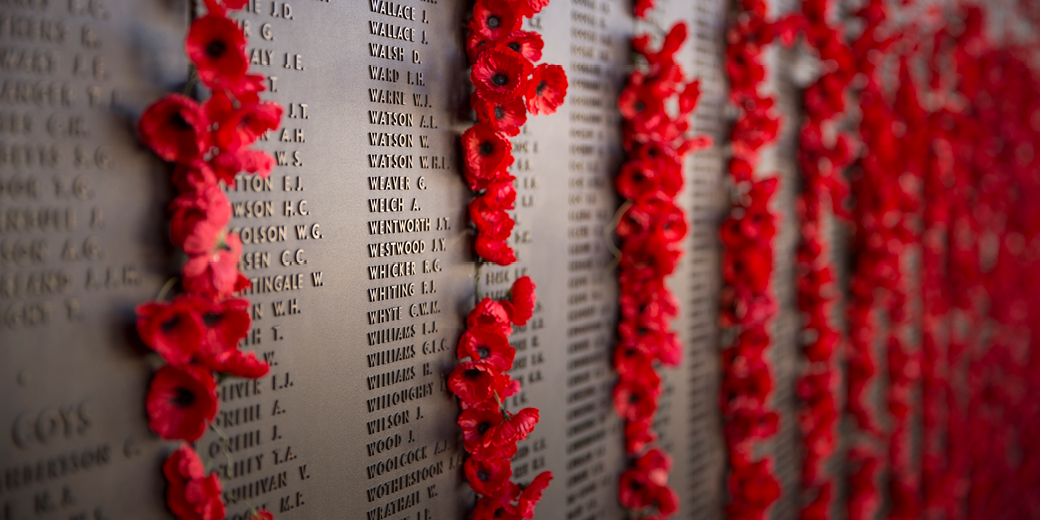












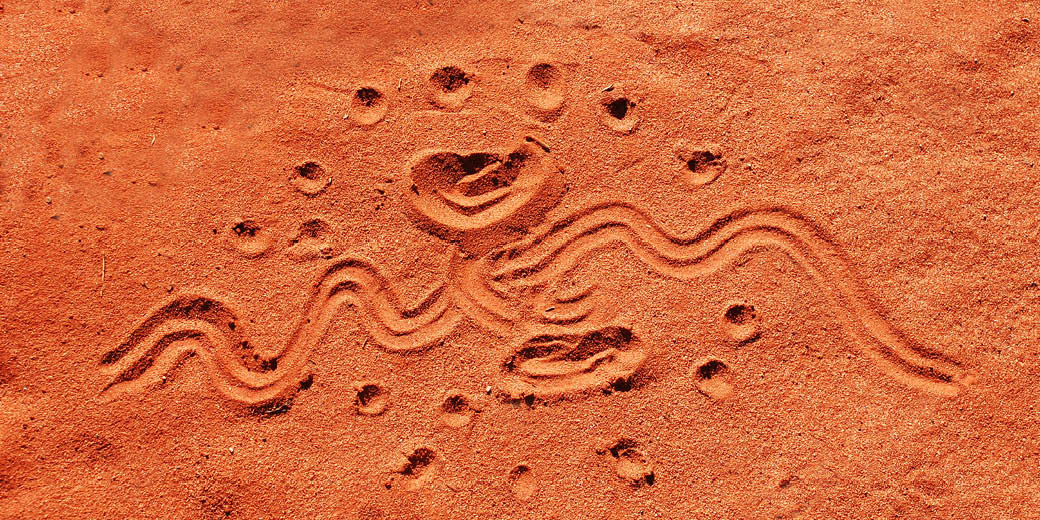











![How to handle Direct Speech after Gan v Xie [2023] NSWCA 163](https://images4.cmp.optimizely.com/assets/Lawyer+Up+direct+speech+in+drafting+NSW+legislation+OCT232.jpg/Zz1hNDU4YzQyMjQzNzkxMWVmYjFlNGY2ODk3ZWMxNzE0Mw==)










































